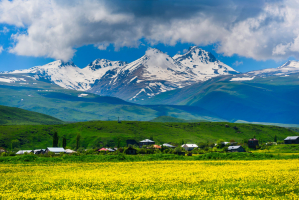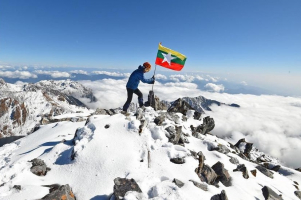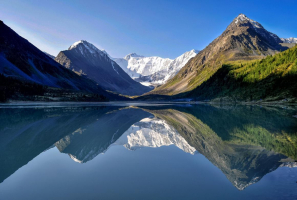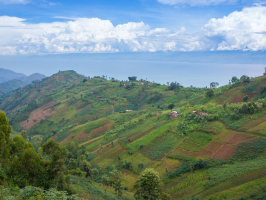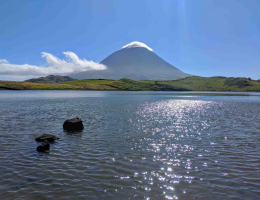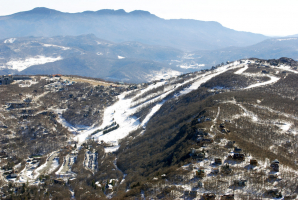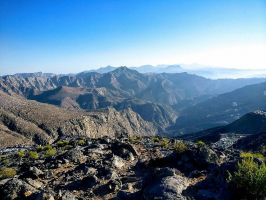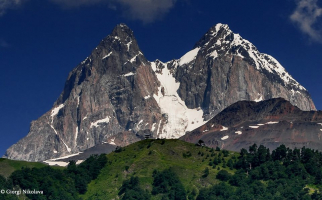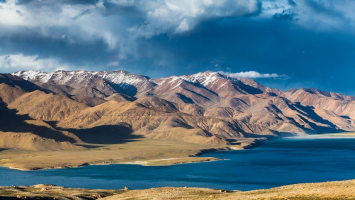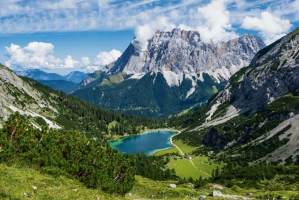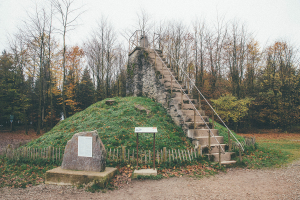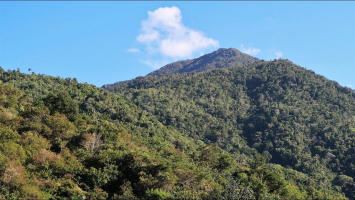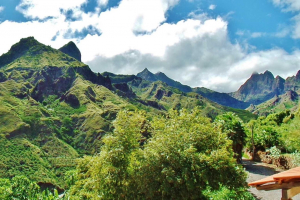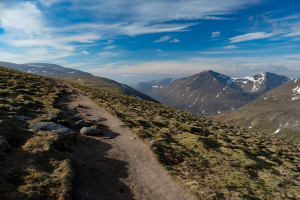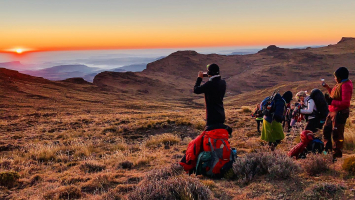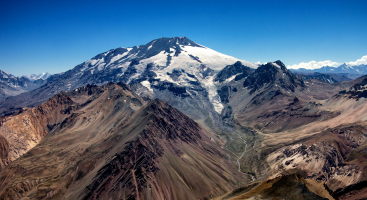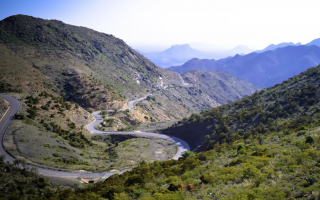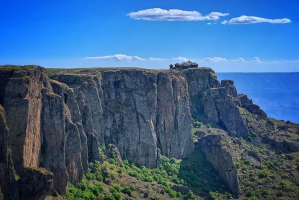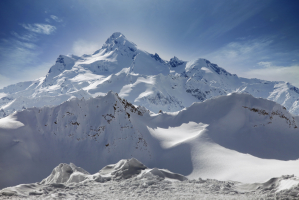Top 5 Highest Mountains In Croatia
While the Croatian islands receive a lot of attention, you might be surprised to hear that the mainland accounts for more than half of the country's surface ... read more...area (65%), much of which is covered by gorgeous mountain ranges. In this article, Toplist has introduced to you the list of some of the tallest mountains in Croatia.
-
Sinjal, also known as Dinara on maps, is Croatia's tallest peak and features a spectacular south-western escarpment that rises several hundred meters above the dalmatian plain below. It rises to a height of 728 meters. This explains why, although not being the tallest peak in the range, Dinara Mountain came to be known as the range's name.
Dinara is only a few dozen kilometers from the Adriatic Sea and is part of the Dalmatian hinterland, but it has a significantly colder, alpine climate, making it one of Croatia's coldest regions, with typical temperatures ranging between 2 and 4 degrees Celsius at the summits.The average precipitation is considerable, and there are between 1,700 and 1,900 sunshine hours per year. The Dinara Mountain is part of the Dinaric Alps, a mountainous region that spans Slovenia, Croatia, Bosnia and Herzegovina, Serbia, Montenegro, and Albania. The immaculate Krka and Cetina are two significant Dalmatian rivers that spring from the slopes. The effort of walking up to take in the vista is well worth it.
Location: Croatia
Elevation: 1,913 m
Parent range: Dinaric Alps
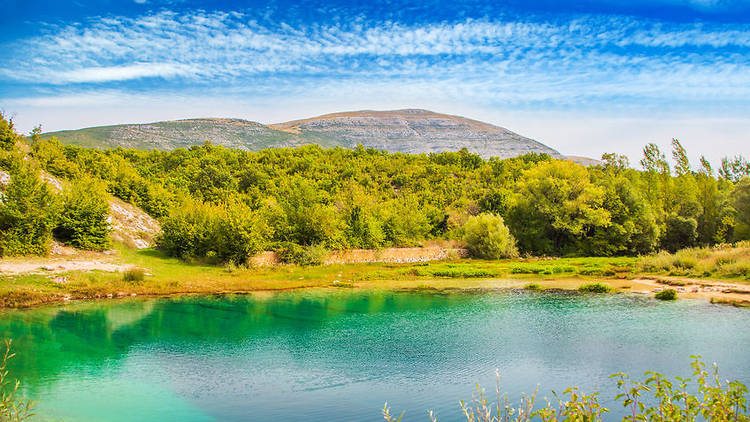
timeout.com 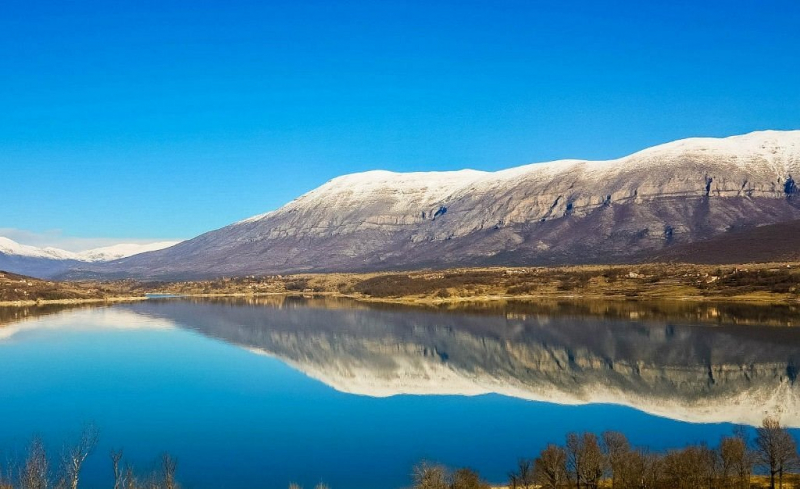
tripadvisor.com -
Biokovo is Dalmatia's tallest mountain, rising 1,762 meters above sea level to the top of St. George. Because of its geographical location, Biokovo has both a continental and Mediterranean climate, making it a mountain rich in plant and animal species. Exploring Biokovo is a thrilling experience due to the numerous caverns and pits in the region. Furthermore, botanists, hikers, and bikers will enjoy the Biokovo natural park, which is located above the Makarska Riviera. The spectacular view from Biokovo will make it well worth your effort to climb to the top.
Many Dalmatian islands, the coastline to the north and south, and adjacent settlements may be seen on a clear day. From Biokovo, you can see the whole Croatian coastline and its islands, as well as sections of Bosnia and Italy (across the Adriatic Sea) on clear days! However, these kinds of excursions should only be attempted by experienced hikers. Otherwise, you may drive inside the park and see its summits.
Location: Dalmatia, Croatia
Elevation: 1,762 m
Parent range: Dinaric Alps
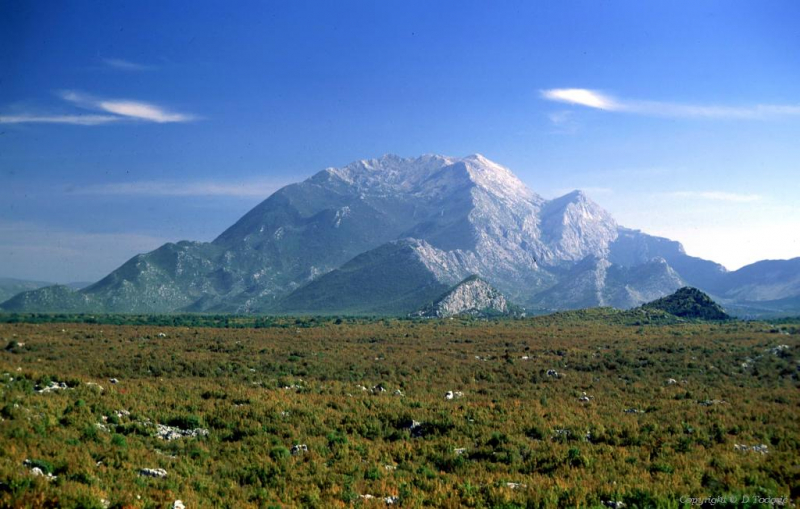
makarskainfo.com 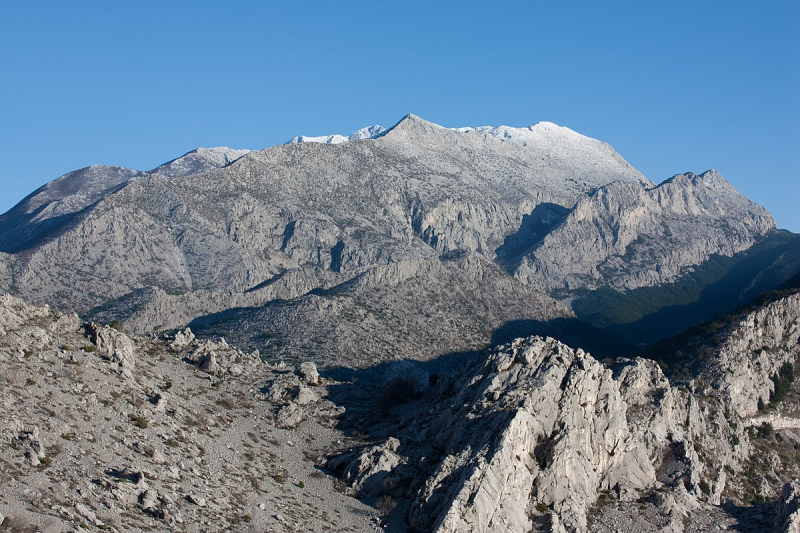
en.wikipedia.org -
Velebit is Croatia's greatest mountain range, with a length of 145 kilometers and a breadth of 30 kilometers. The range is part of the Dinaric Alps and runs along the Adriatic coast, separating it from the inland town of Lika. This mountain is ideal for individuals who like a more active vacation. The beauty of nature in Velebit Mountain, particularly the large number of unique species, has been recognized by UNESCO programme of Man and the Biosphere since 1978.
The whole mountain range is now a natural park, with the exception of North Velebit and Paklenica, which are both national parks. Vaganski vrh (1,757 meters above sea level) is the highest peak in Velebit Mountain, located in Paklenica National Park. Don't be put off by the enormous summit; the mountain is marked with several paths and more than twenty shelters for mountaineers to stay in while exploring the range. Hiking up this spectacular mountain is not to be missed if you are a nature lover!
Location: Croatia
Elevation: 1,757 m
Parent range: Dinaric Alps
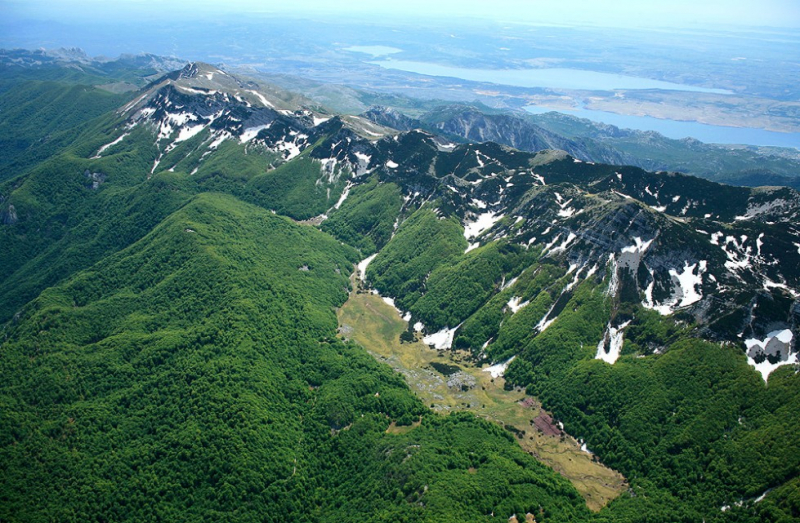
visit-lika.com 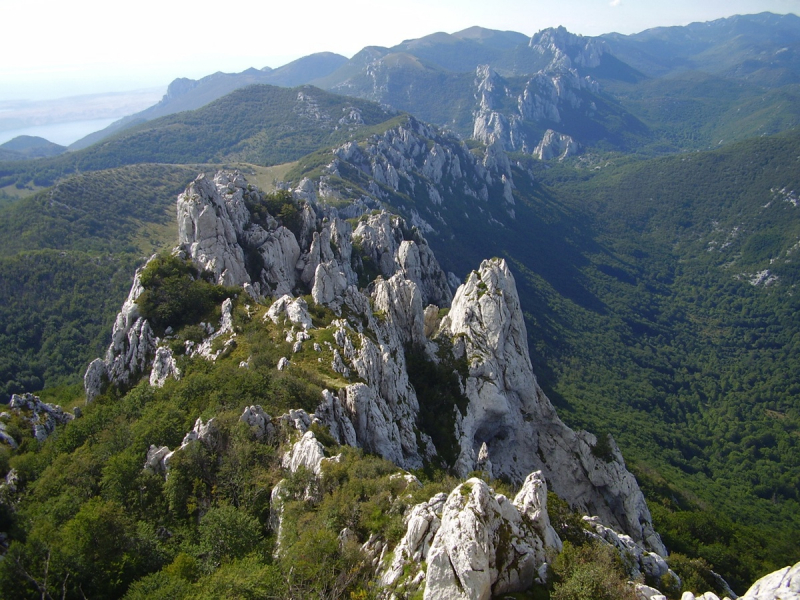
croatia-wave.com -
Mosor Mountain, which spans from Split to Omi, is part of the Dinaric Alps. Veliki Kabal, at 1339 meters above sea level, is the Mountain's highest summit. Mosor Mountain is well recognized for its thriving mountaineering community. Taking a trip to Mosor is a necessity for everyone living in Split or the nearby areas since even the locals consider it a tradition. Mosor is definitely worth a visit, despite the fact that it does not have the highest mountains in the Dinarides or on the Adriatic coast. There are numerous signposted pathways for simple trekking, as well as mountain cabins and shelters.
Hiking on Mosor starts and concludes in the little town of Sitno Gornje. The participants ascend to the mountain lodge on Mosor, which is around 300 meters above sea level. The hostel is positioned 868 meters above sea level and offers a spectacular view of the Dalmatian islands and Split. Lunch at the lodge is arranged on a mutually agreed-upon basis. For the physically healthy and more demanding guests, we may offer different hiking trips through Mosor.
Location: Split-Dalmatia County, Croatia
Elevation: 1,339 m
Parent range: Dinaric Alps
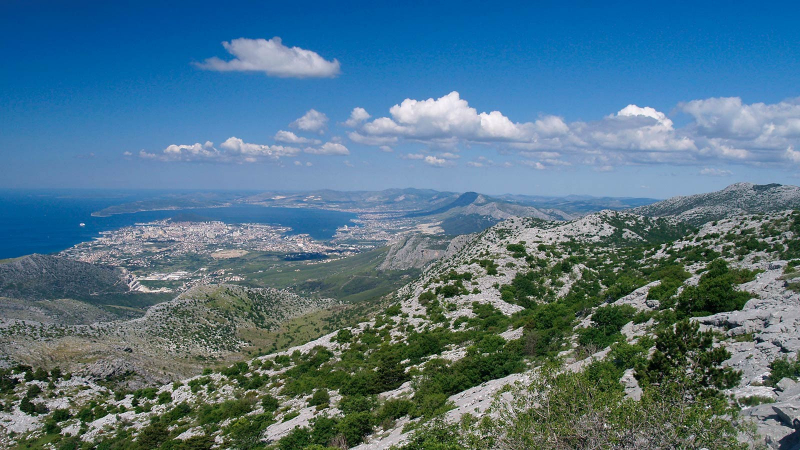
croatia.hr 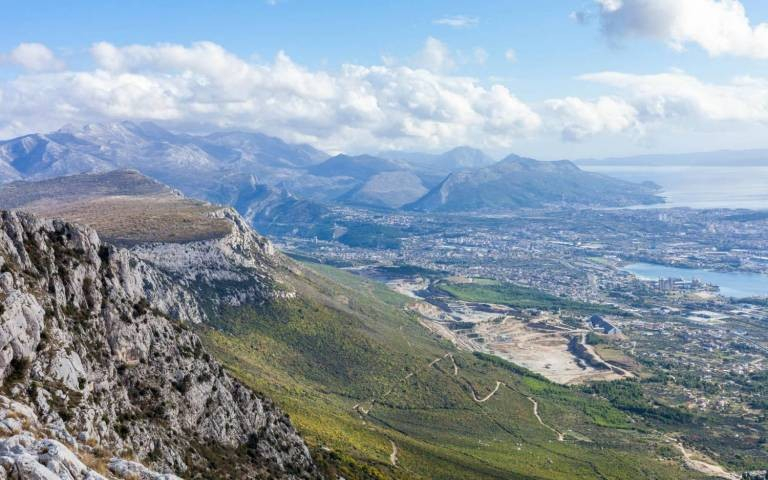
gody.vn -
Risnjak is a Croatian national park in the mountainous region of Croatia. Because of its unique aesthetic, geological, geographical, and climatic features, it was designated as a national park in 1953. Risnjak Mountain is found in the Gorski Kotar area, which is famed for its mountains, forests, and unspoiled environment. The mountain's name is derived from the Croatian word "ris," which means "lynx," a species that was eradicated from the region in the nineteenth century.
Risnjak is located in the Dinaric mountain range, which connects the Alps to the Dinarids and is home to a varied diversity of vegetation and animals. Risnjak was designated as a National Park in 1953 due to its natural beauty and uncommon plant and animal species. It is now one of Croatia's eight national parks.You may climb up to Veliki Risnjak (1,528 m), Snjenik (1,506 m), Sjeverni Mali Risnjak (1,434 m), and Juni Mali Risnjak (1,434 m) if you want to conquer its summits (1,448 m). Don't be disheartened; hiking in the region is easy, the trails are well-marked, and you'll be rewarded with panoramic vistas of verdant woodland.
Location: Gorski Kotar, Croatia
Elevation: 1,528 m
Parent range: Dinaric Alps
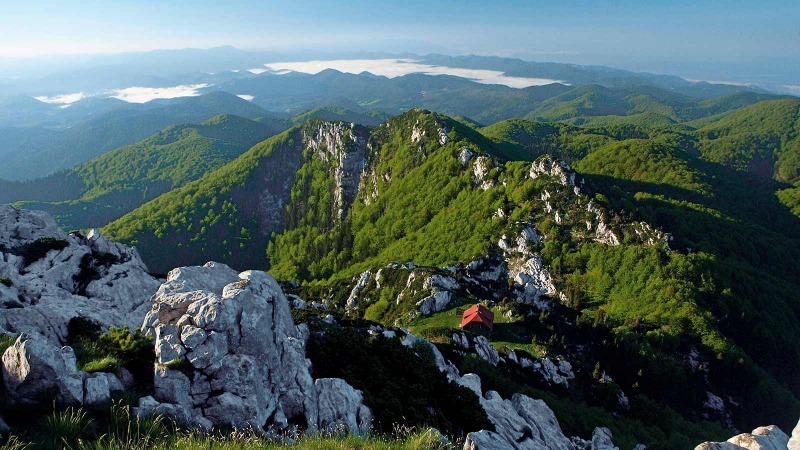
croatia-wave.com 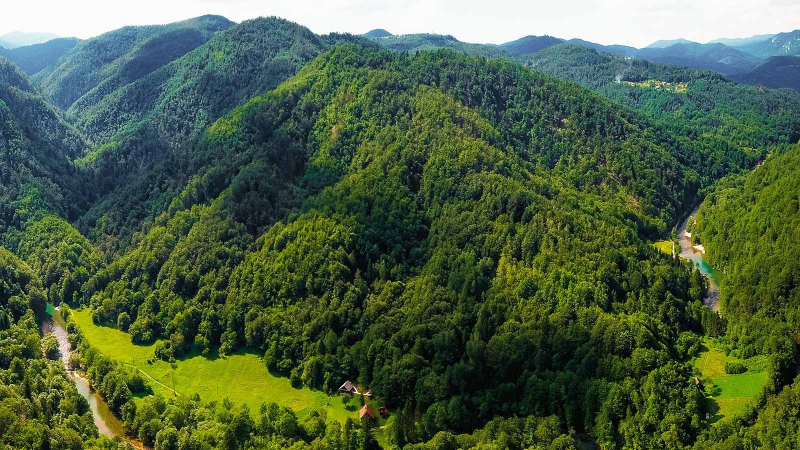
croatia.hr







